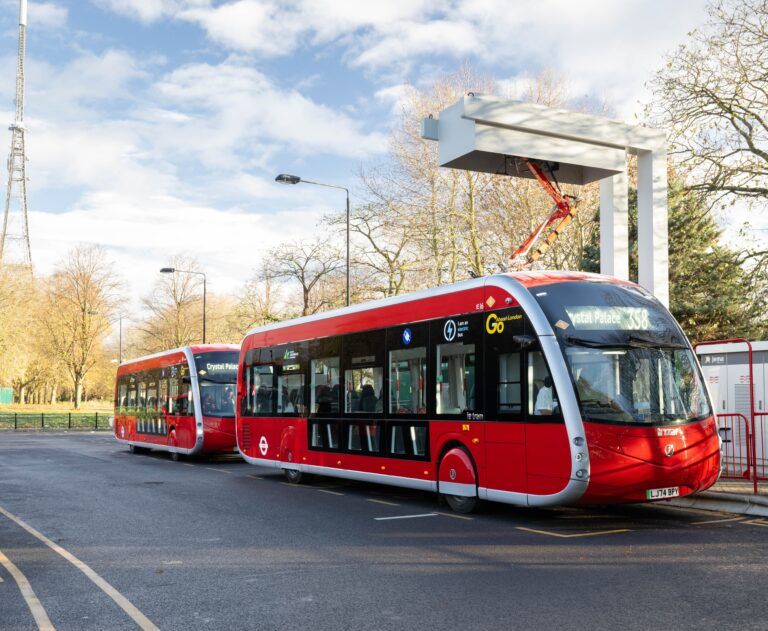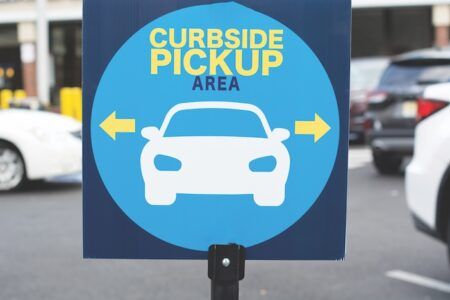The Science Based Target initiative (SBTi) has validated Transport for London’s (TfL) near- and long-term greenhouse gas emission reduction targets and net-zero targets in line with the Paris Agreement to limit global warming to 1.5°C.
SBTi is a UK based climate-action organization that provides validated standards, tools and guidance to help companies and organizations like TfL to reduce their carbon emissions in line with what is needed to keep global warming below 1.5°C and reach net-zero by 2050, at the latest.
TfL’s validated targets include a commitment to reduce emissions from its direct and indirect emission sources (Scopes 1 and 2) by 90% by 2030. Examples include transitioning TfL diesel and petrol vehicles to zero emission technology and increasing the proportion of electricity acquired from renewable sources.
TfL has also committed to reducing third-party emission sources (Scope 3), such as carbon emissions from TfL’s contracted services, construction projects and supply chain, by 45% by 2030.
In the longer term, TfL has commited to maintaining a 90% reduction in Scope 1 and 2 emissions sources from 2030 through 2040 and a 90% reduction in absolute Scope 3 emissions by 2040 .
Overall, TfL is committed to achieving net zero by 2040.
The SBTi validation confirms that the transport authority is on track with its work to reduce greenhouse gas emissions across its operations and supply chain, and to drive sustainability across London, further supporting the Mayor’s ambition of a carbon neutral capital by 2030.
Emissions reductions initiatives
As part of wider work to make London a more sustainable city, TfL is transitioning its support vehicles and buses to zero emission technology. More than 1,900 buses of London’s 9,000 buses are now zero emission.
To improve energy efficiency and identify opportunities to generate renewable energy across its estate, TfL is working to remove fossil fuels across its buildings, installing green heating and energy efficiency measures in head offices and depots.
Exploring options for investing in and setting up solar farms for the Tube network is also progressing as part of the Solar Private Wire scheme. In October last year, TfL launched the procurement for its first Power Purchase Agreement. This is a major step towards the goal of purchasing up to 10% of its electricity from renewable sources by 2026, with the wider ambition for a 100% renewable energy supply in 2030.

Across London, TfL is also converting lighting within stations, bus shelters and on trains to LED lighting, which uses up to 60% less energy than traditional lighting while providing around 10% brighter light. Currently, more than a third of Tube stations across London have been converted to LED lighting, and TfL expects to have all bus shelters, including those used in advertising panels, converted to LED lighting in 2025.
Low carbon contracts
For construction and building projects, TfL is taking an active approach to decarbonization by recently signing up to the Construction Leadership Council’s Five Client Carbon Commitments. This involves setting out actions under a common framework on how to reduce carbon emissions from its construction activities.
TfL is already making progress to include low carbon requirements in its contracts, reducing carbon in major construction projects like Old Street, Neasden and Surrey Quays. TfL continues to improve processes in early stages of construction and is taking a structured, phased approach to decarbonization, including reducing the 25% of embodied carbon emissions from steel and 20% of the same from concrete materials on site and work toward emission-free deliveries by 2030 and diesel-free sites by 2035.
Lilli Matson, chief safety, health and environment officer at TfL, said, “We are delighted to have received this certification from the Science Based Targets initiative, which has confirmed we are on track with our current targets, supporting world-wide efforts to keep the rise in global temperatures under 1.5°C.
“As the capital’s public transport provider, we have a vital role to play in reducing carbon emissions, ensuring our organization and network are making a major contribution in response to the climate emergency and taking action to reduce harmful pollution in our city. We will continue to maximize our efforts to maintain London’s place as a world leading sustainable city,” Matson added.





